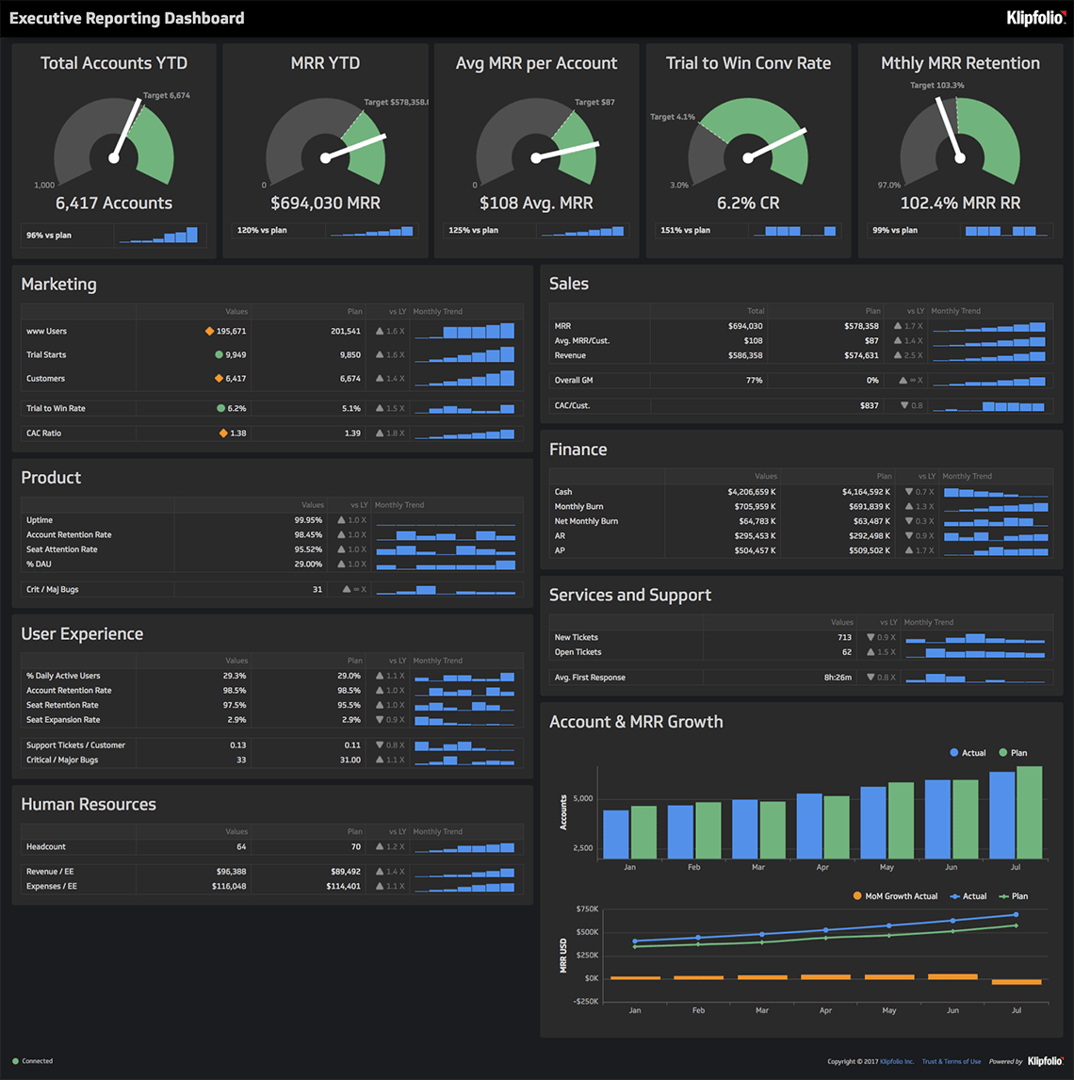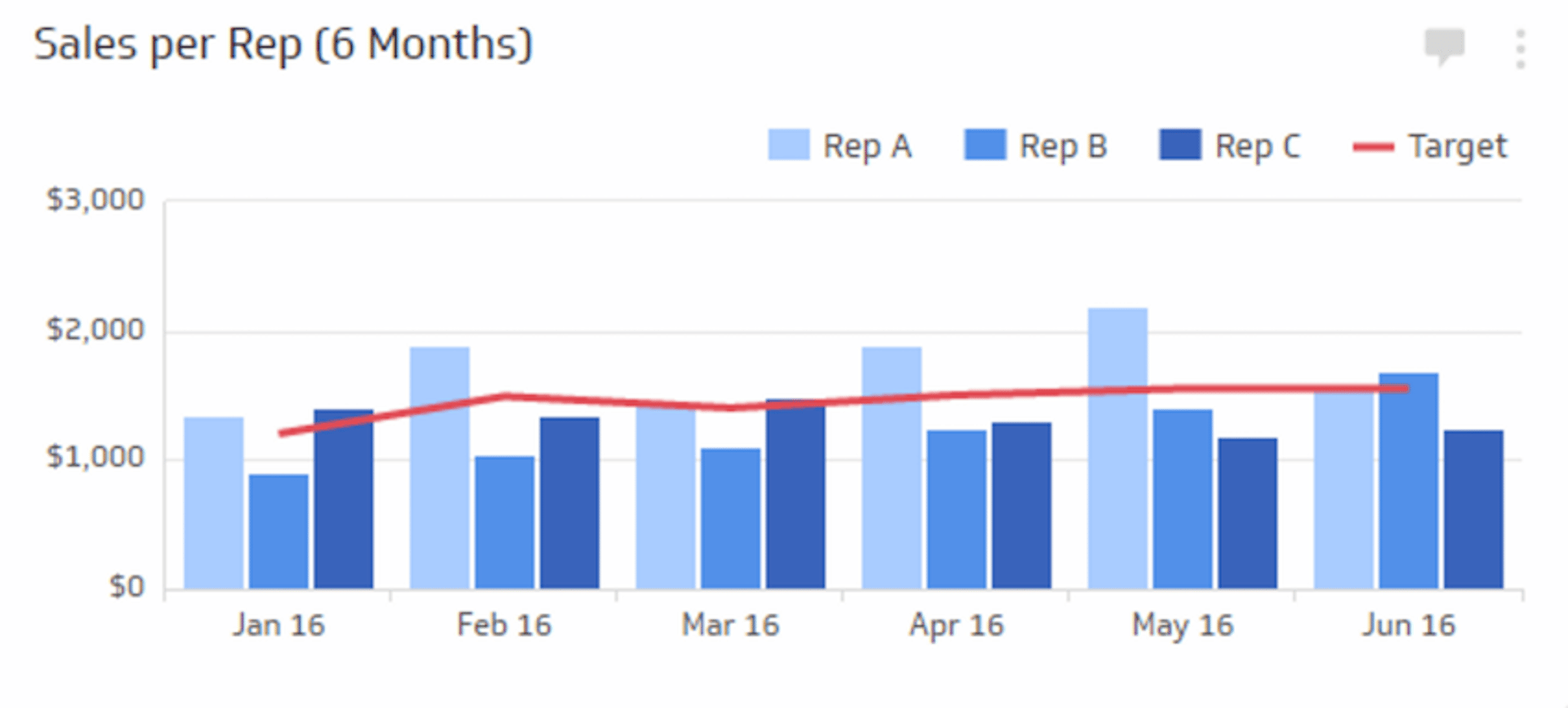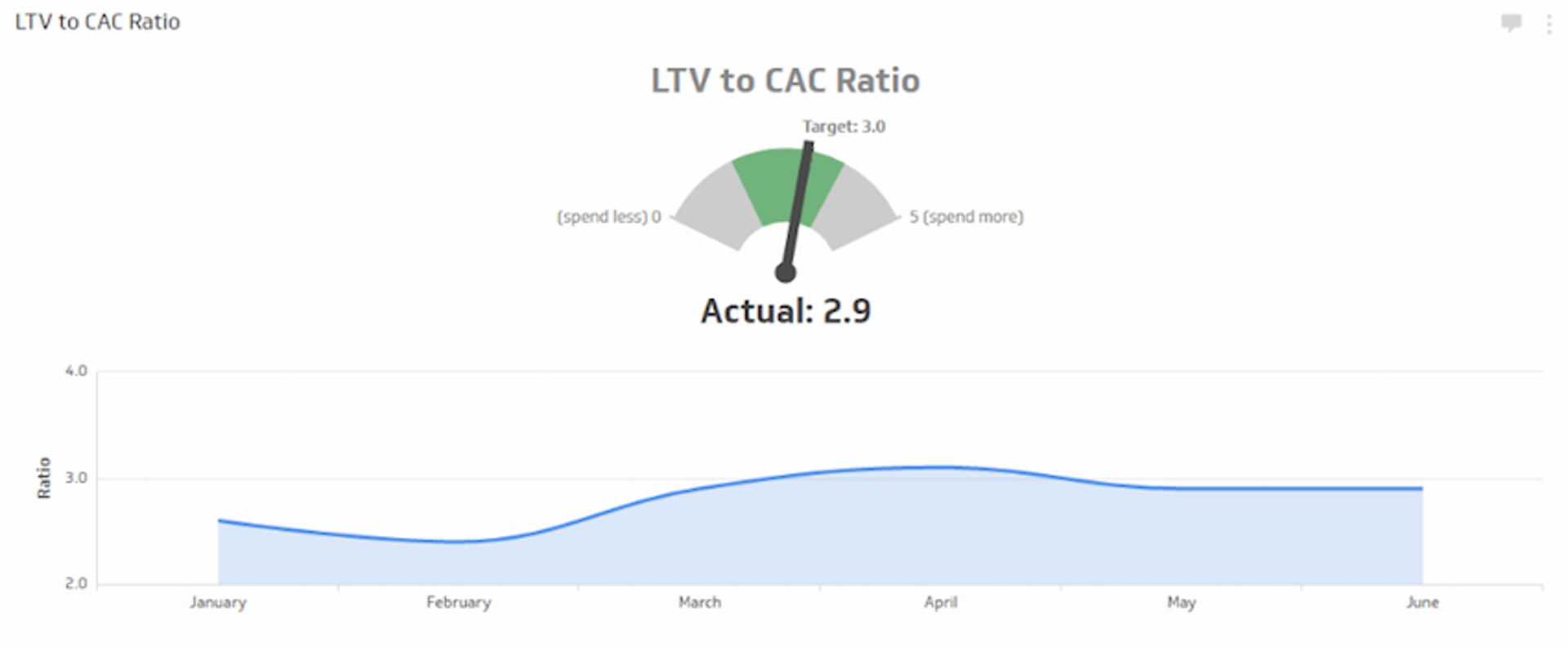The basics of KPI management

Published 2023-03-14
Summary - Managing KPIs is a critical part of every growing business. Here's what KPI management is, and tips for how to manage KPIs better.
In the opening of Chapter 2 in his classic book titled, High Output Management, Andrew Grove writes:
"Let's say that as a manager of the breakfast factory, you will work with five indicators to meet your production goals on a daily basis."
Herein contains an important first lesson when it comes to KPI management:
You'll manage your KPIs better if you cut the clutter and focus on those that matter most.
Grove continues:
"Which five would they be? Put another way, which five pieces of information would you want to look at each day, immediately upon arriving at your office."
And right there is another important lesson in regards to managing KPIs:
KPIs are not long-term goals; they are guideposts for reaching those goals.
Andrew Grove was the third employee of Intel, served as president in 1979, CEO in 1987, and Chairman and CEO in 1997. According to IndustryWeek, Grove led the 4,500% increase in Intel's market capitalization ($4 billion to $197 billion) and helped grow the company to over 64,000 employees in the process.
Considered a legend in management and productivity circles, Grove's fundamental focus was not just on managers choosing KPIs, but choosing the right ones and creating processes around how to use them for business growth.
The most important sentence in his book, he says, is this:
"The output of a manager is the output of the organizational units under his or her supervision."
With that truism as our framework, let's explore five principles of KPI management:
- Defining the KPIs you will manage
- The beauty and curse of specialization
- Communicating the why and the how
- Understanding KPI dashboards
- KPI pairing for better management
1. Defining the KPIs you will manage
A tried and true way to define your organization's KPIs and relevancy is to tie it to goals established through use of the SMART criteria. Basically this means you'll need to answer these five questions:
- Is your objective Specific?
- Can you Measure progress towards that goal?
- Is the goal realistically Attainable?
- How Relevant is the goal to your organization?
- What is the Time-frame for achieving this goal?
Upon determining your key goals, you can get down to the more granular level of determining which key performance indicators are most critical for you to monitor as you pursue those goals.
Think about the breakfast factory example. What are the five indicators you need to know when you arrive at the factory each day?
Grove chose these five: Sales Forecast, Raw Material Inventory, Equipment Condition, Manpower, Quality Indicators.
2. The beauty and curse of KPI specialization
In Ash Maurya's book, Scaling Lean: Mastering the Key Metrics for Startup Growth, he speaks about "the curse of specialization."
By this he means that moment when a manager:
"...reorganizes her team into departments and assigns each one a set of core metrics tied to their performance...."
The beauty of this, of course, is that it's perhaps the perfect way to slow down and focus purely on what matters most. The curse, as Maurya sees it, is that such a single-purposed approach can often mean a) other important but cross-department KPIs get lost or b) the overall business goal gets lost.
As he states later in the book:
"When deliverables are created in silos and driven by potentially different sets of internal KPIs (key performance indicators), you run into the same issues of compromising your overall throughput at the expense of these local metrics."
Maurya posits striking a balance between departmental focus and cross-department teamwork as a way to maximize KPI management.
3. Communicating the why and the how
As a manager of KPIs, a critical part of your ability to strike that aforementioned balance is communicating both the why and the how.
Regarding the why, take Simon Sinek's classic idea, but apply it to the way you will communicate with your team not just what they are doing, but why they are doing it.
In doing so, you'll be equipping your team not to blindly pursue metrics, but to understand their overall value. This will allow your team to better see opportunities to optimize or perhaps even drop KPIs entirely if they are no longer meeting the business's primary goal.
Regarding the how, this is where your KPI management skills really come into play. You'll need to answer and communicate to your team these 3 questions:
- What's our process for pursuing each KPI?
- Who owns the progress toward each KPI?
- How do we want to present and share these KPIs?
4. Understanding KPI dashboards

KPI dashboards and reports are often the best way to answer #3 above. They give immediate and often real-time snapshots into your KPIs, and they allow KPI managers to both quickly assess progress and share (via email, link to a live dashboard, or otherwise) information about KPIs.
However, and as Joel Shapiro writes in this article at Harvard Business Review:
"But dashboards aren’t the magic view some managers treat them as. Although they can convey snapshots of important measures, dashboards are poor at providing the nuance and context that effective data-driven decision making demands."
Shapiro goes on to say that most KPI dashboards only describe existing or past phenomena, and miss being able to predict future events based on past data and then prescribe a course of action.
In many ways this is true. And although the best dashboard software platforms are quickly gaining the capacity to predict and prescribe, it is and will always be up to human KPI management to make the nuanced decisions.
The advice here is simple: use a KPI dashboard, but don't set them and forget them.
5. KPI pairing for better management
As we opened with Grove's advice, let's end on it.
Back at the breakfast factory, you're looking at those KPIs often. This allows you to course correct when need be, which is critical to ensuring the success of your business.
However, what you're looking at is likely what you'll take action on. As Grove says:
"Indicators tend to direct your attention toward what they are monitoring. It is like riding a bicycle; you will probably steer it where you are looking."
What can go wrong with this?
It can be easy as a KPI manager to overreact, to constantly tweak and tweak a single KPI until you either can't get an accurate read on your progress toward it or you over-optimize and leave yourself too little wiggle room.
Grove provides the example of leaning out your inventory, which then leaves you incapable of reacting to a greater-than-anticipated demand.
His advice is this: guard against overreacting by pairing KPIs. This creates a counter-effect. In his own words:
"In the inventory example, you need to monitor both inventory levels and the incidence of shortages. A rise in the latter will obviously lead you to do things to keep inventories from becoming too low."
KPI Management: Learn how to let it go
KPI management is a continuously evolving process. The KPIs you're tracking now may not be what you need to be monitoring in three months time.
So while you likely know that setting and forgetting your KPIs is a surefire way to fail, you may not know some of the nuances of letting go of KPIs.
It's often easier to hang on to old KPIs than to end the relationship.
And if you feel like this when monitoring your KPIs...

...you likely have a few relationships to close out.
The challenges of letting go
Why is it so hard to let go of KPIs? Because the KPIs you need to let go of may be the ones that helped you grow. You may feel a sense of attachment to them (seriously).
Or you may simply need to lower their priority rather than let go. And, as is often the case, you may simply lack the context for how to do so.
For example, regarding SaaS KPIs, our founder Allan Wille organizes the most relevant KPIs into three distinct groups: Product KPIs, Growth KPIs, Efficiency KPIs.
In other words, prioritizing Efficiency KPIs while you're transitioning into the SaaS growth stage isn't the best use of your time.
The result of hanging on is that your KPIs begin to pile up. Those focused days of measuring three have now become unfocused days of trying to wrangle six or seven.
Every KPI you tack on is like teasing the thread of a ball of yarn; at some point you're going to be left with a jumble of knotted rope.
The purpose of KPI management
As much as KPI management is about understanding and assessing current performance, it's also about playing a slightly predictive role.
Your KPIs should show your current performance and point the way to future actions.
Let's say you're a sales manager and that you've determined that Sales Per Rep is your most important KPI.

Using the example above, what happens when each sales rep is consistently performing above the target you've set?
Of course this means you may need to set new targets, but it can also mean a variety of other actions, including that you're now ready to hire another rep.
On a larger scale, what happens when you've reached that rare place of feeling content with your growth engine?
As a sales manager, it could mean your attention now must shift from straight Sales Per Rep to Efficiency KPIs such as Customer Lifetime Value to Customer Acquisition Ratio.

Managing KPIs, therefore, is as much about driving toward results as it is about pivoting when the time is right.
How to let go of KPIs
When it comes to KPIs, it's "see you later" rather than "goodbye." Letting them go is often a matter of prioritizing, of keeping the old a glance away in the rearview mirror while shifting focus to those new ones unfolding on the road before you.
How to do it? Keep this process close:
- Monitor your KPIs;
- Routinely (and honestly) question their worth;
- Frequently discuss said questions with your team;
- Stay patient but be open to change.
Part 4 of the process is, of course, the most difficult. It's easy to either remain stubborn to change or be too open to change (embracing that fail fast mentality to a fault).
Final thoughts on KPI management
As you know from reading Mindful Metrics, there's much to learn about KPIs. On the surface, it can seem like cut-and-dry "hard" metrics; a simple mathematical monitoring process you need to do.
But there's a world below the surface.
KPI management involves not only understanding KPIs, but choosing the right KPIs, managing your progress toward them, and managing your team in such a way that monitoring KPIs actually becomes part of your company's culture.
Lastly, make it a part of your daily or even weekly process to ask yourself: If I had to choose one KPI, what would it be?
Here are some related reads
17 KPIs every data-driven manager needs to lead their team
-Lead image: from page 6 of Ash Maurya's Scaling Lean: Mastering the Key Metrics for Startup Growth
This blog has been updated from its original post date of June 25, 2017
Related Articles

Klipfolio Partner How-To #1: Duplicating dashboards across client accounts
By Stef Reid — November 27th, 2025
Klipfolio Partner How-To #2: Company Properties can simplify client set-up
By Stef Reid — November 26th, 2025
17 KPIs Every Data-Driven Manager Needs to Lead Their Team
By Danielle Poleski — October 14th, 2025

